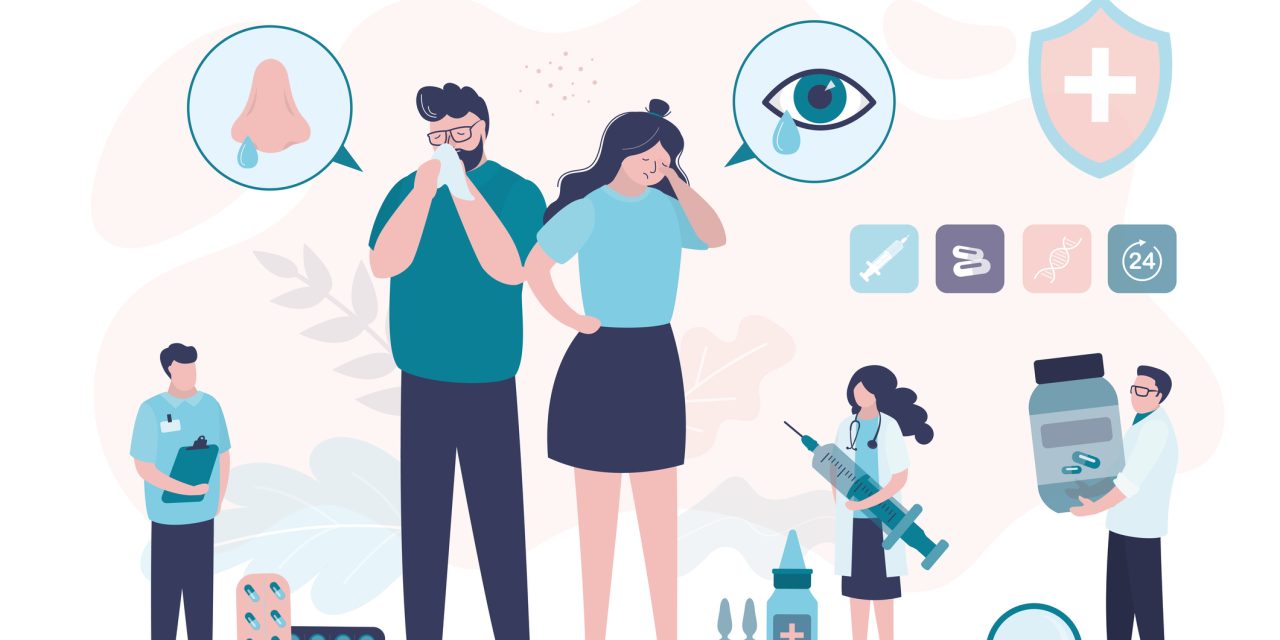Drug-specific T lymphocytes are frequently activated in delayed-type or nonimmediate drug hypersensitivity responses. As a result, a contact between HLA proteins, HLA-binding peptides, and the medication is the molecular starting event. The goal of this paper is to examine current research utilising human PBMC, T-cell lines, and clones that indicate medicines are really loaded onto HLA molecules in various ways to activate T cells. Protein-reactive medicines, such as -lactam antibiotics, are now known to activate T cells by direct noncovalent interactions with HLA or HLA-binding peptides, direct covalent alteration of HLA-binding peptides, and covalent binding of non-HLA related proteins. Protein processing is used to create HLA-binding peptides from adducts generated within and outside of cells, which are thought to carry the drug alteration. Synthetic stable and reactive metabolites stimulate T cells through the same pathways, according to research. Abacavir operates in an unusual way, engaging deep in the peptide binding cleft of one HLA and preferentially activating CD8+ T cells.
In-vitro investigations have demonstrated that a variety of medication HLA-binding interactions activate T cells. These are classified under two hypotheses: hapten interactions and pharmacological interactions. As we go forward with the development of diagnostic and predictive T-cell tests, it is vital to achieve an agreement that direct drug HLA binding and the production of drug protein adducts are significant events for T-cell activation.


